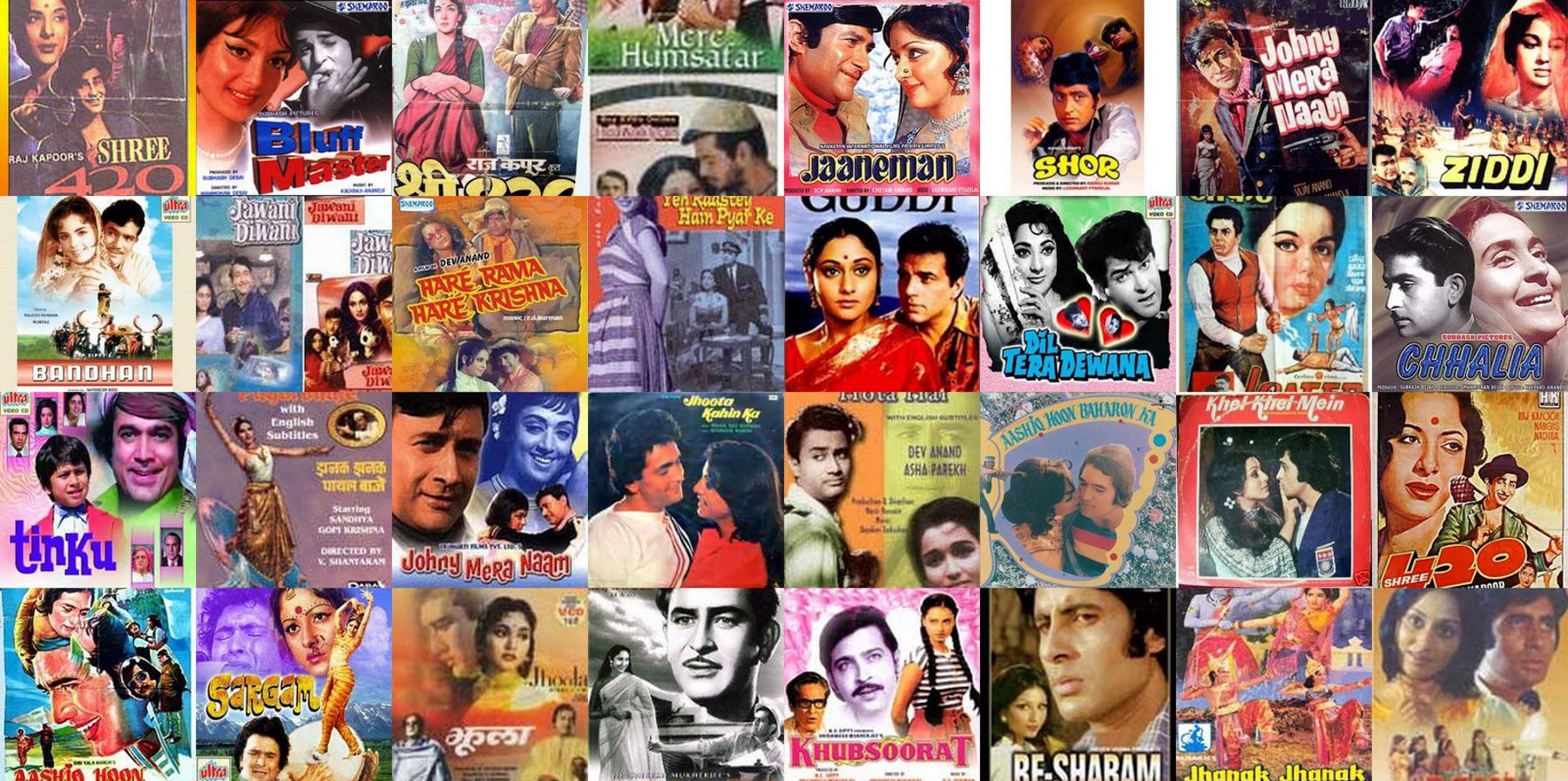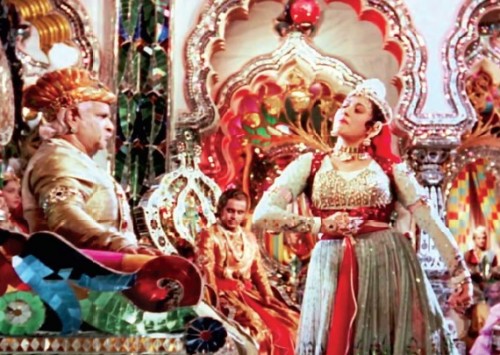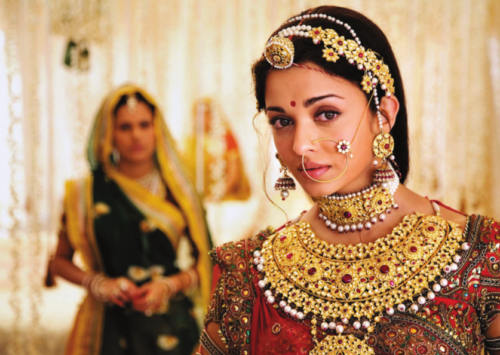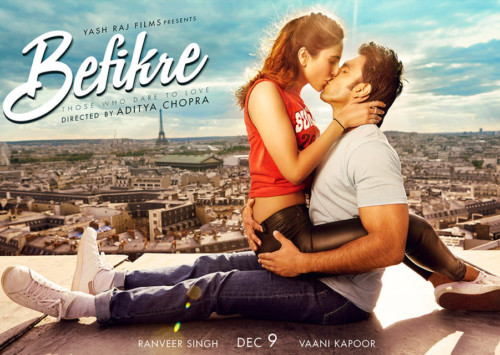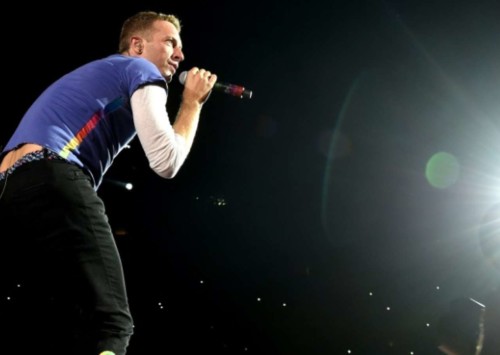The Bollywood rhapsody
India has eras of filmi (movie-specific) music, and Bollywood stuck with its dance routines and musical numbers in movies, in contrast to western cinema. We discover how this characteristic companion works well for the audience targeted.
The film rolls, animating the screen, while the audience sits patiently with their minds engrossed in the plot deliberating possible ends of the suspense, when rhythm stumbles in. Beats align with the screenplay and verses sync to the story, music echoing emotions of the scene.
From the first time in 1931, when sound rung in the cinema with the movie Alam Ara, till today, filmi music is cheered on by the domestic audiences. Bollywood music forms 80 pc of the total sale of music in India as per a Forbes survey in 2017.
The music in Bollywood films timelines popular trends through generations. The filmi music has moulded itself with the changing culture of Indian society and thus it serves as the best medium to analyse the trends in fashion, design and the kind of plots and issues that the audience prefers viewing.
In the 1950s, the music was more about humourous beats and storytelling montages, often thematic with delicate romance. ‘Mera Joota Hai Japani’ from the movie Shree 420 was sung by Mukesh, an Indian playback singer, and it has a countryside appeal with the protagonist in western attire, claiming that his heart will forever be Indian.
‘Mera Naam Chin Chin Chu’, a song from the movie Howrah Bridge, was released in 1958, and the song is echoed in every game of antakshari (singing game) till date.
In 1960, the movie Mughal-E-Azam was released, revoking the tale of passionate love between Mughal Prince Salim (who went on to become Emperor Jahangir) and Anarkali, a court dancer. The song ‘Pyar Kiya To Darna Kya’ from the movie was sung by Lata Mangeshkar, who is also known as the Nightingale of India or the Queen of Melody. The song received universal acclaim for its grandeur, classical Indian touch and elucidation to the plot.
Some of the most memorable songs are from the 1960s and 1970s, because they showcased influence of other cultures through their lyrics and composition. In 1961, the song ‘Abhi Na Jao Chhod Kar’ from the movie Hum Dono, was in rage with its intensity of love, and other romantic songs like ‘Gaata Rahe Mera Dil’ from the movie Guide, were also popularised.
“The eras of music overlap, yet classify themes adored through the past and the present as the meaning of heartfelt lyrics never fails to amaze the Indian audience. We often like to listen to Bollywood songs on repeat rather than shuffle when we find them relating to the narrative of our own life or persuading nostalgia in some way, and this is in a way influenced by the plot of a movie,” says Priya Mishra, an accessory designer, part-time music critic and amateur singer.
A masterpiece by legendary singers Mohammad Rafi and Asha Bhosle, ‘Oh Haseena’, has impressive set and costume design with the protagonists in polished Indian attires, relaying the culture of stage performances and elite dining in the late 1960s. Similar to this are the songs ‘Aaj Kal Tere Mere Pyaar Ke Charche’ and ‘Badan Pe Sitaare Lapete Huye’. All three of these songs were danced to by Shammi Kapoor, an accomplished actor of the time.
Sung by Kishore Kumar, the song ‘Mere Mehboob Qayamat Hogi’ was released in 1964, and it remains a classic till date, with numerous covers by multiple artists of our generation, yet none with the deep ferocity of the original.
In 1971, the song ‘Dum Maaro Dum’ from the movie Hare Rama Hare Krishna, featuring Zeenat Aman, openly talked about drugs and the negative influence of family problems on children, and reviewed the decadence of the hippie culture in India.
The shayar (poet) awoke in 1981 with Umrao Jaan, a film about a Lucknow courtesan with Urdu-Hindi songs considered to be classics of Indian filmi music, like ‘In Aankhon Ki Masti’ sung by Asha Bhosle.
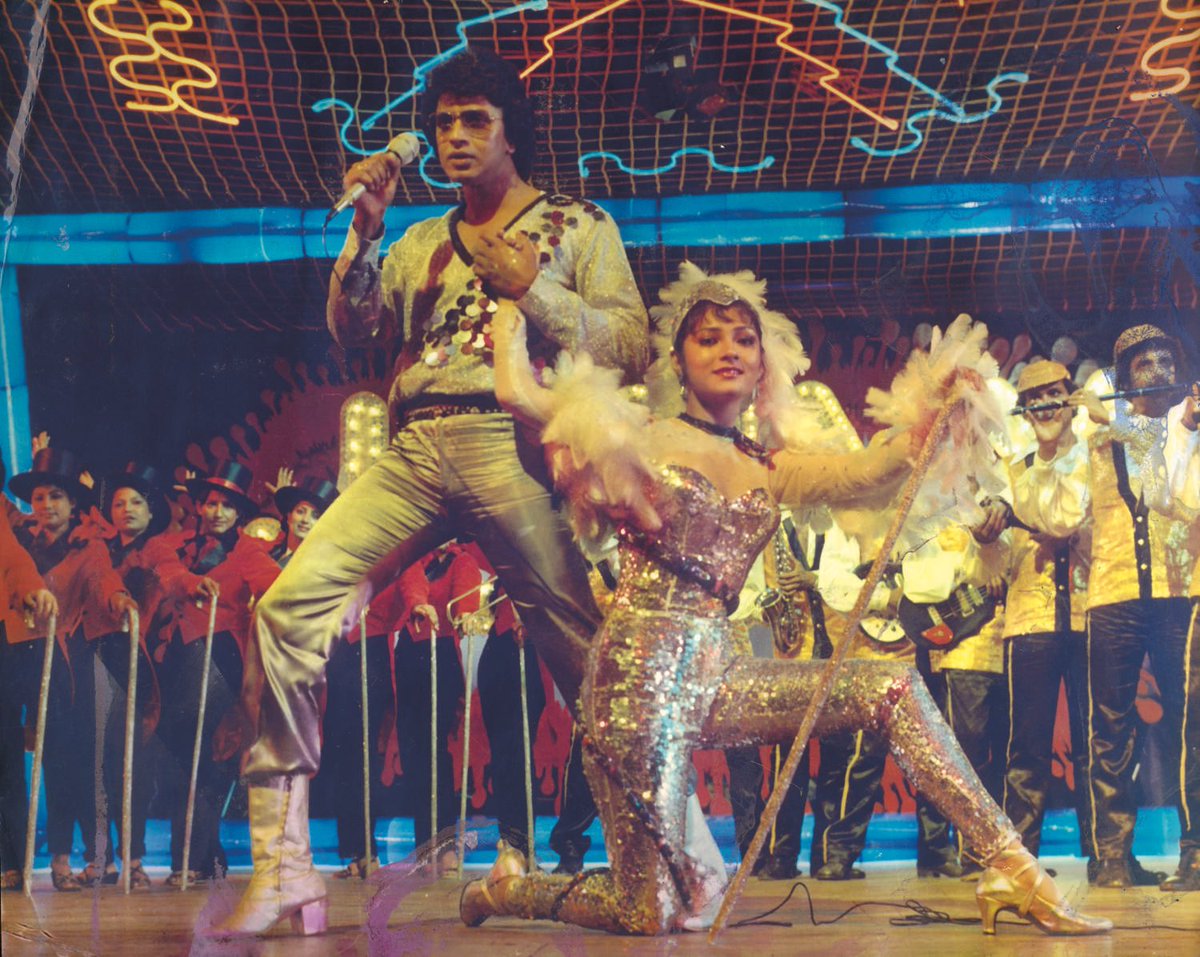
The 1980s rung in the disco era with shimmery costumes, blinking lights and songs like ‘I am a Disco Dancer’, and many dance numbers such as the Amitabh Bachchan hit, ‘Jumma Chumma De De’.
Adored by everyone, movies entertain and provide a much-needed break from daily routines, carving out a niche in the market for weekly releases. The songs of the film are released beforehand as a promotional strategy, to tease the audience with blurbs from the movie’s plot and to make them well-versed with the tunes and stanzas of the music.
Television has played an influential role in heightening the culture of filmi songs, with multiple music channels broadcasting domestically. The 1990s and 2000s have seen the trend of spiced up lyrics with more relatable and oftentimes bolder videography, like ‘Dhak Dhak Karne Laga’ and ‘Tip Tip Barsa Paani’, and also humour, like ‘Kisi Disco Me Jaaye’ released in the late 1990s.
Romance is woven in the lyrics of popular hits from movies through this era with Kaho Naa… Pyaar Hai (1999), Mohabbatein (2000) and Veer-Zaara (2004), which incurred the highest music sales in their consequent years of release according to Box Office India.

